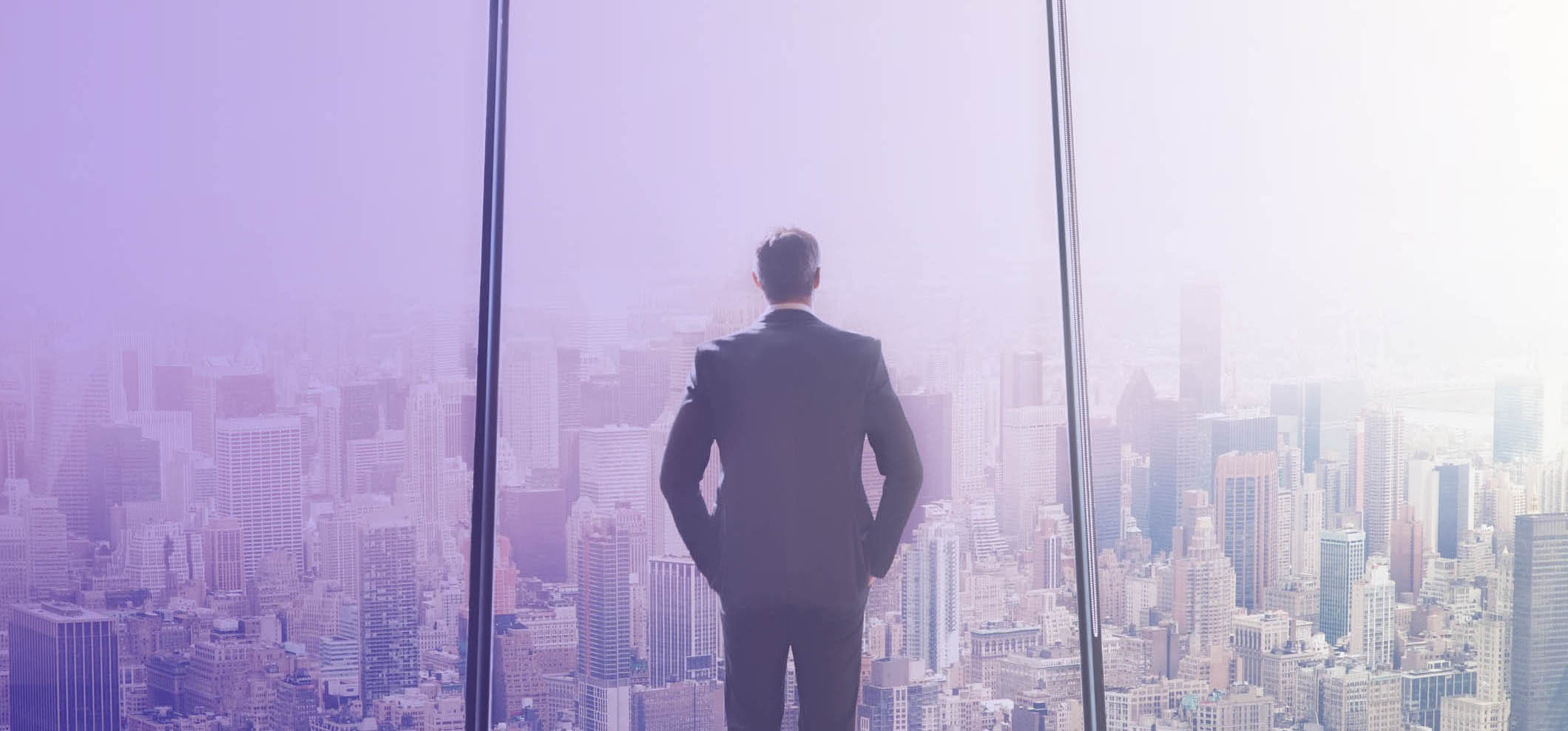Lloyd Wigglesworth: The changing and increasingly challenging role of the CEO

The changing and increasingly challenging role of the CEO
In seeking to understand what it takes to succeed or fail as a modern-day CEO, two key questions we asked a selection of top business leaders for our recent whitepaper – A view from the boardroom – were ‘what are the big challenges facing CEOs in the 2020s?’ and ‘how has the role of the CEO changed in recent years?’
The two questions are intertwined of course – the challenges often drive the change and vice versa – but the findings are remarkable in painting a picture of what today’s CEO must deal with to succeed.
Here’s a sample of what we discovered.
It’s a wider more complex role than ever before
Where once it might have been about simply pleasing the shareholders, the gallery of stakeholders that the CEO must play to has grown in size and scope. Local communities, governments, regulators, supply chain partners, and the wider society – not to mention employees and clients of course – all demand their share of the CEO’s time.
Visibility and accountability
Many of these stakeholders use social media too as a highly effective weapon for their activism which makes the CEO role even more accountable than it once might have been. It’s a role that’s now firmly fixed in the public eye.
Reshaping the business model
Business models have always shifted to match the changing times but arguably never has the change seen in recent times been so rapid. The ability of the CEO to shift the strategy and adapt was seen by our survey respondents as a key requisite. “Do we have the right strategy to compete in the future,” said one former CEO in our whitepaper. “Business models are changing, consumers are changing, millennials want different things.” It is why the CEO’s ability to champion change has become such a prized asset. There are few steady state CEO roles anymore.
Becoming more human
One thing the pandemic has achieved for many businesses is the breakdown of the barrier between CEO and the organisation’s employees. Peering into a CEO’s home via the medium of Zoom or Teams is a surprisingly levelling experience for many. But the best CEOs have shown empathy and exposed their own uncertainties. The ability to admit to not knowing all the answers may have once been seen as a weakness but is now illustrative of a more human, authentic and collaborative approach.
Diversity and sustainability
One respondent to the survey remarked that in their day as a CEO: “Diversity wasn’t talked about much. We didn’t worry about gender pay gaps. Sustainability wasn’t much considered.” Today’s CEO with that mindset would find their tenure dramatically reduced. These have become huge boardroom issues and the CEO must lead on them.
You can find out more about the challenges and changes facing CEOs in Alexander’s – A view from the boardroom.